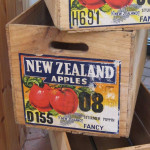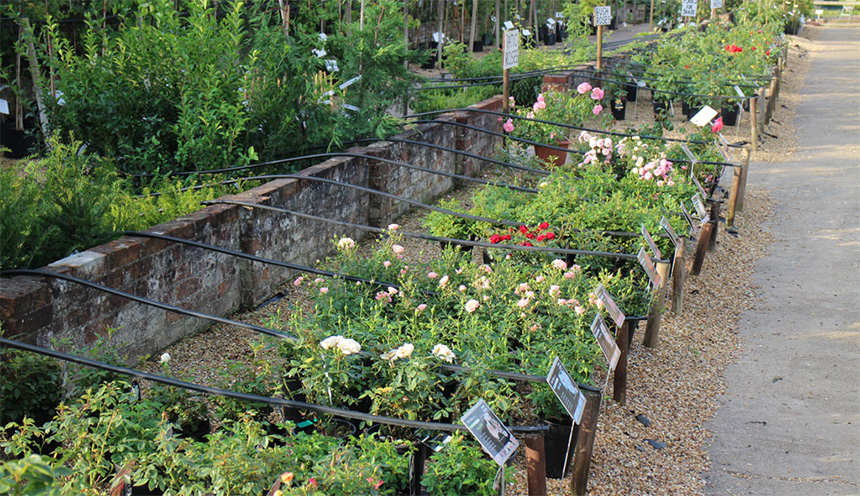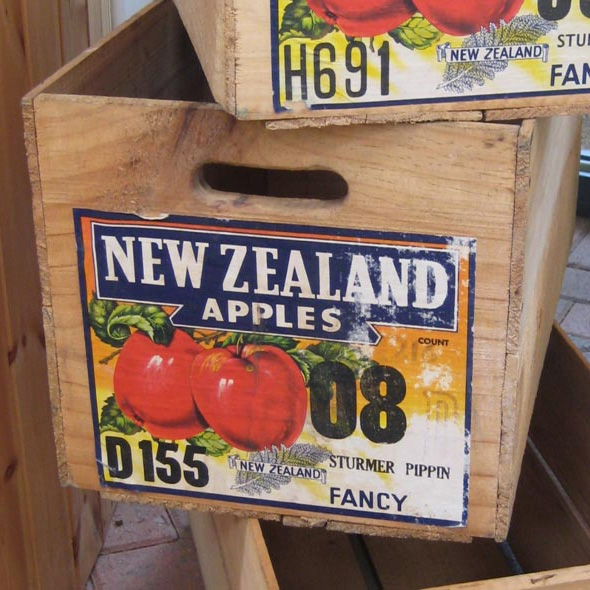
Sturmer Nurseries
.
.
.
.
- Fruit Trees, Bushes & Plants
- Ornamental Plants
- Ornamental Trees and Shrubs
- A Ornamental Plants (Various)
- A Ornamental Shrubs
- A Ornamental Trees
- Heritage Varieties
- Rare Trees and Shrubs
![]()
|
CONTACT DETAILS Beta listing full informations is only available on the Listings own website. Full details in this section will be available shortly
|
 |
||
| . | ||
|
Sturmer Nurseries is a family-run independent garden centre which can trace its origins back to the Sixties.
In 1969 Howard and Marilyn Clutten began trading as Horseheath Garden Supplies outside their house.
As the business grew they decided they needed bigger premises and they found the derelict site at Sturmer Nurseries in 1982. |
||
|
1982 The site had previously been used for growing salad crops like tomatoes and peppers but was in poor condition with dilapidated Victorian glasshouses which were demolished to create space for the outside sales area. 1983 Des, who is still with us, joined in time for the opening in 1983. The new venture soon established a reputation for quality plants at good prices. 2006 Marilyn decides to retire with son-in-law Robert Mason joining the partnership after a career in journalism. 2009 Howard retires but he still retains a keen interest in new developments. 2010 Robert takes the decision to modernise and expand the business, and sets about building a purpose-built shop. 2014 The new shop opens in January followed by the tearoom a few months later, run by Howard and Marilyn’s daughter Samantha. |
||
| . | ||
 |
||
| . | ||
| Sturmer pippins from the village where they were found! | ||
|
Published (1845) in: The Botanic Garden Consisting of Highly Finished Representations of Hardy Ornamental Flowering Plants Cultivated in Great Britain With Their Classification, History, Culture and Other Interesting Information by B. Maund, F.L.S. So valuable an apple as is the Sturmer Pippin, it should be in every garden. Its property of keeping good till August, retaining, till so late a period, its brisk flavour, both for dessert and kitchen use and being one of the very best of bearers, may be alone for its ample recommendation. This apple has lately been introduced to public notice by the Messrs. S. and J. Dillistone of the Sturmer Nurseries near Halstead in the county of Essex, who have obligingly supplied us with the history of the tree which has so deservedly received their attention. Their father, it appears, resided at the Rectory house at Sturmer about the year 1800, and observing a fine apple of the Ribston Pippin hanging on a branch amongst those of an old Nonpareil he conceived that the flowers might possibly have been inoculated, as it was then usually termed, by the bees. He gathered the fruit, planted its seeds and one tree from them grew to perfection, continuing in the same spot in which he sowed it in the Rectory garden, where it now stands, a healthy, handsome, far spreading tree. Old Mr. Dillistone never forgot his seedling tree, but often, as it spread wide its branches and flourished in the situation which he had given it, he would visit it with that paternal regard which none can comprehend that have not seen the prosperity of a son or raised such a tree by their own individual diligence. Previous to his death, having seen its superiority, he raised from it many dwarf standards and lived to enjoy the fruits of his labours; but, say his sons, ‘He left it for us to reap the greatest harvest from them, for, by planting the dwarfs in a heavy clay, thinning and regulating the branches and afterwards by deep digging and chopping off the large roots, we have, in the last seasons, gathered, with the assistance of a six foot ladder only, three hundred and twenty bushels of fine fruit.’ Their number of trees is about sixty, planted nine feet apart on each side of a four-feet walk; some of them being very small from their having been the refuse of the nursery. Mr. Rivers of Sawbridgeworth was kind enough to first draw our attention to this new variety and in the present month (February) to send us fruit of it, from which our drawing was taken. Some apples are nearly free from russet, whilst it is scattered irregularly over others. Its stem is short and deeply inserted; its exposed side deeply coloured with dull red; and the form of the fruit is altogether handsome, as will be seen from our engraving. Its flesh is greenish white and crisp; and to the pleasant admixture of acid with an agreeable sweetness, it owes its value as a kitchen fruit. As a dessert apple, however, some persons may think it too sharp – a quality which others would highly esteem; for, even at the present season it possesses the brisk flavour of fruit fresh gathered from the tree. Under all consideration, perhaps no apple in cultivation possesses so many good qualities. A historical account of the Sturmer Pippin We are often asked if we sell the Sturmer Pippin apple – and the good news is that yes, we do. The Sturmer Pippin was once a familiar sight in greengrocers throughout the UK, but is now relatively hard to find as more modern varieties flood the supermarkets. But with a rise in interest in ‘heritage varieties’, we are now stocking our village’s famous apple along with a few other East Anglian varieties. Our pippins are container-grown on an MM106 rootstock. We usually have them in stock alongside other heritage varieties such as St Edmund’s Russet and Chivers Delight.
Brief history of the Sturmer Pippin The Sturmer Pippin was found in the garden of a Mr Dillistone, Rectory House, Sturmer and was introduced to the general market in 1831. It was an important English apple in the Victorian period because of its excellent keeping qualities. It is also one of the latest apples for picking, offering delicious fruit through the winter months. The Sturmer Pippin’s keeping qualities made it a useful apple for exporting in the 19th century and settlers took it to Australia. It could possibly have been an ancestor of Australia’s famous long-keeping green apple, the Granny Smith – although there is no evidence of any link.
Qualities The Sturmer Pippin is a richly flavoured eating apple, very hard, sharp and really crunchy, and high in vitamin C. It thrives in our climate and will do well on our local soil. If you choose to plant it alongside an early-cropping apple, you can have fresh apples to eat over a very long period.
|
||
| . | ||
 |
||
